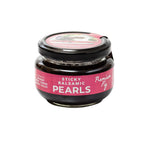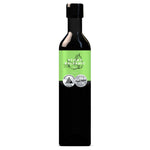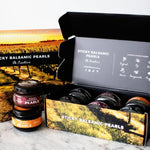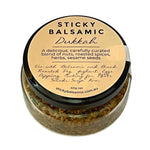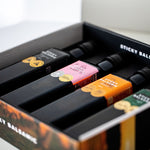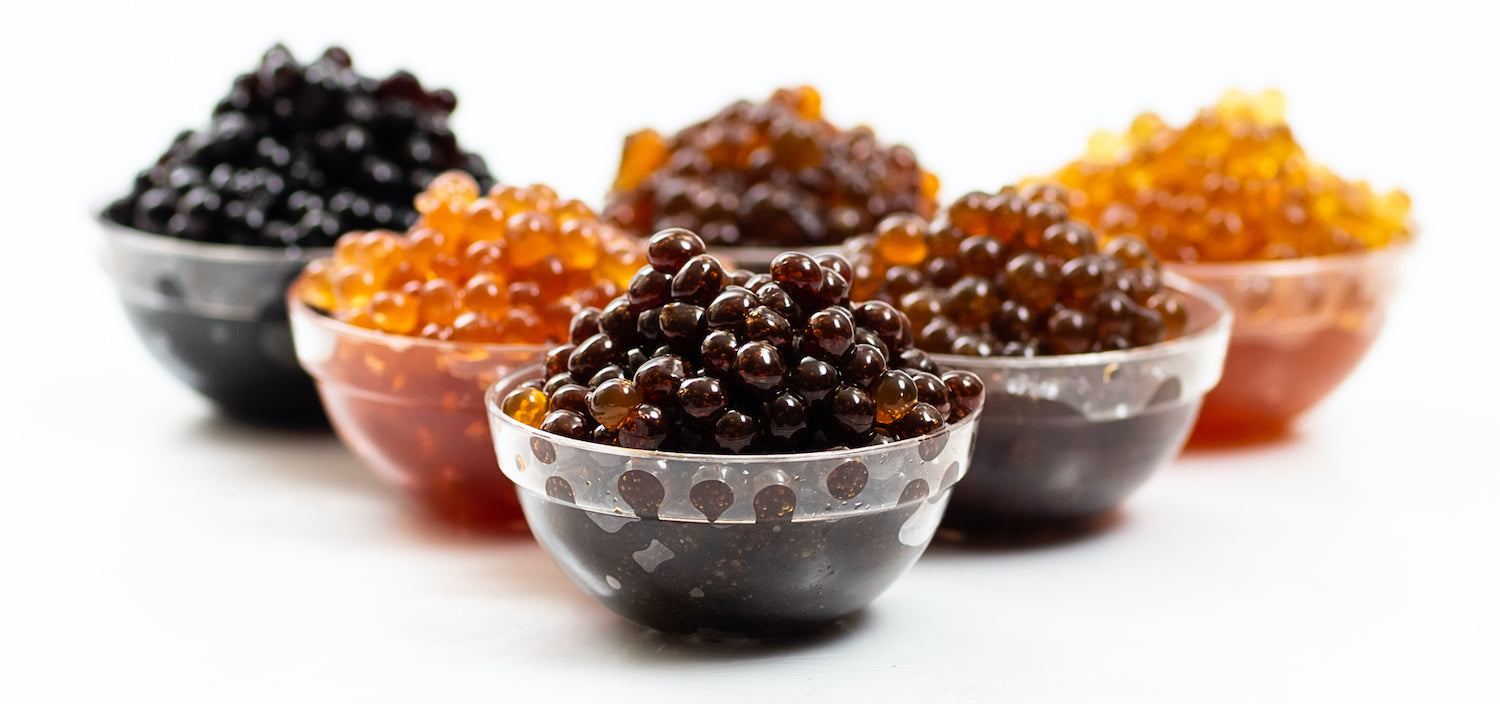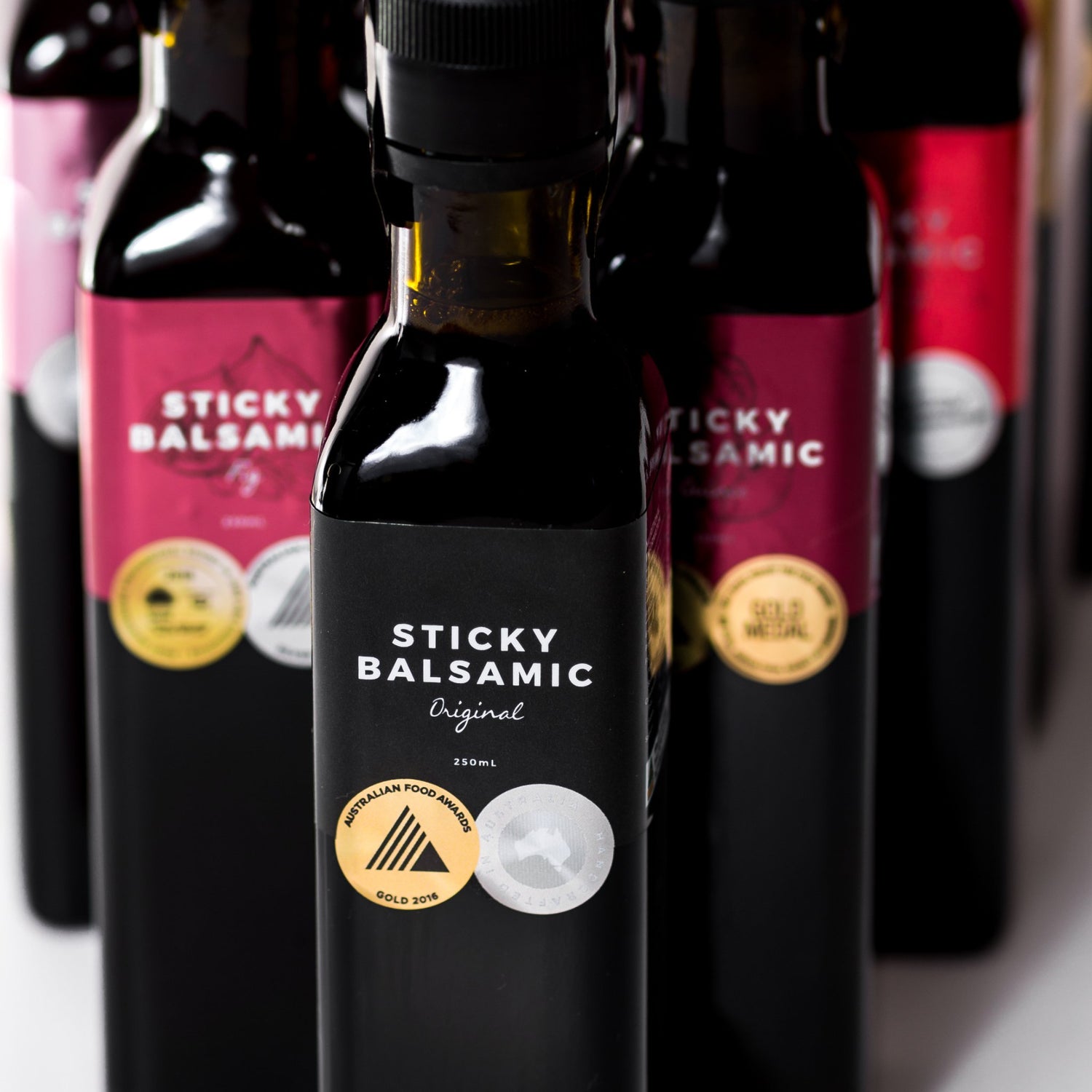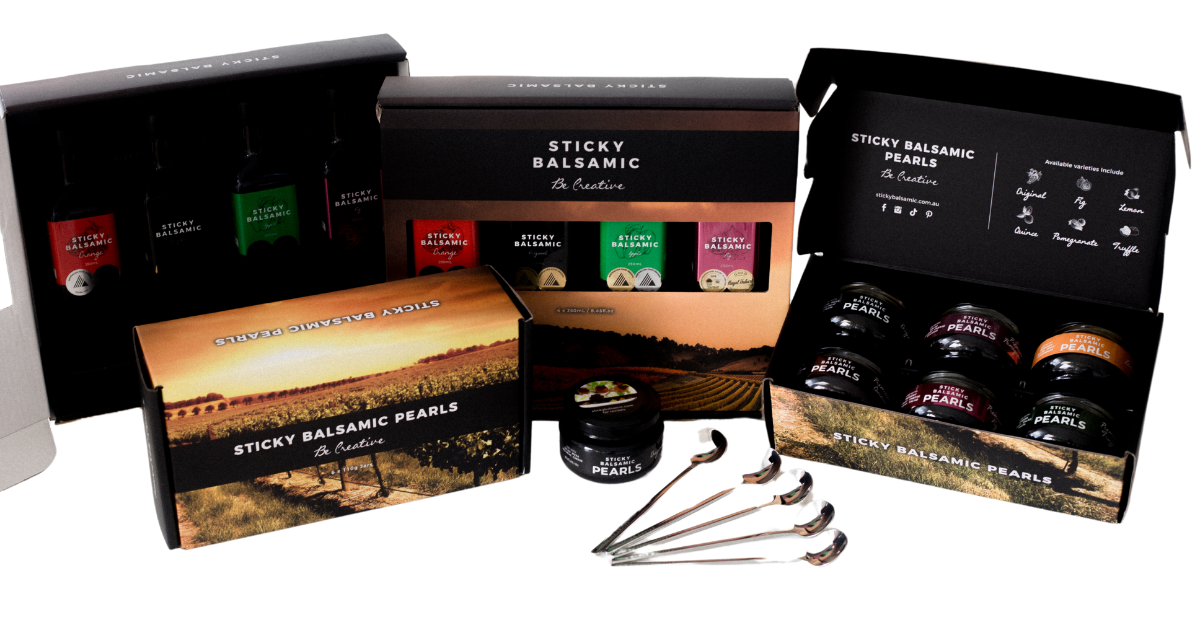Why Balsamic Vinegar Transforms Your Salads
A great salad starts with fresh ingredients, but the dressing is what brings everything together. Balsamic vinegar is the secret weapon that transforms a simple salad into something memorable. Its complex sweetness, subtle acidity, and deep flavor profile complement virtually any salad combination, making it the go-to choice for salad lovers everywhere.
The best balsamic vinegar for salads isn't just about grabbing any bottle from the shelf. Quality matters significantly. Premium balsamic vinegar has a richer flavor, better balance, and more complexity than cheaper alternatives. It elevates your salads from ordinary to restaurant-quality with just a drizzle.
Understanding Balsamic Vinegar Quality
What Makes Balsamic Vinegar Premium?
Premium balsamic vinegar is aged longer, typically for several years, which allows the flavors to develop and deepen. The aging process concentrates the natural sugars and creates a more syrupy consistency. Look for balsamic vinegars that are aged, have a dark color, and come from reputable producers.
Aged vs. Young Balsamic Vinegar
Young balsamic vinegar is sharp and acidic, making it ideal for bold, tangy vinaigrettes. Aged balsamic vinegar is smoother, sweeter, and more complex—perfect for delicate salads where you want the vinegar to enhance rather than overpower. For salads, aged varieties are generally the better choice.
Thickness and Consistency
Premium balsamic vinegar should have a lovely consistency that clings to your salad leaves. When you tilt the bottle, it should coat the sides slightly, showing good body and aging.
Color and Clarity
The best balsamic vinegar for salads has a deep, dark brown color—almost black. This indicates proper aging and concentrated flavor. Unless you are looking for a white balsamic, avoid pale or overly thin vinegars, which suggest inferior quality or excessive dilution.
Types of Balsamic Vinegar for Different Salads
Original Balsamic Vinegar
Original balsamic vinegar is the classic choice for traditional salads. It has a well-balanced flavor profile with subtle sweetness and acidity, making it versatile enough for any salad type. Use it on Caprese salads, mixed greens, and simple vegetable combinations.
Fig Balsamic Vinegar
Fig balsamic vinegar adds a subtle sweetness and fruity note, making it perfect for salads featuring goat cheese, walnuts, and bitter greens. It's also excellent on salads with roasted vegetables or fresh berries. This variety is thinner and lighter in color as it is made using a different grape.
Lemon Balsamic Vinegar
Lemon balsamic vinegar brings brightness and citrus notes to salads. It's ideal for lighter salads with fresh herbs, seafood, or delicate greens. The acidity is more pronounced, making it great for cutting through rich ingredients like avocado or creamy dressings.
Truffle Balsamic Vinegar
Truffle balsamic vinegar is the premium choice for special occasions and gourmet salads. Its earthy, luxurious flavor elevates simple ingredients into something extraordinary. Use it sparingly on arugula salads, mushroom-based salads, or with aged cheeses. This is also lighter and thinner as it pairs best with the different grape, just like the fig variety.
Pomegranate Balsamic Vinegar
Pomegranate balsamic vinegar adds tartness and a beautiful color to salads. It pairs beautifully with spinach, feta cheese, and nuts, creating a vibrant, flavorful combination, using a white balsamic.
Choosing the Best Balsamic Vinegar for Your Salad
Consider Your Salad Ingredients
The best balsamic vinegar for salads depends on what you're tossing with your greens. For delicate greens, choose a milder, aged balsamic. For hearty salads with bold ingredients, you can use a more assertive variety. Match the intensity of your vinegar to the intensity of your salad.
Think About Flavor Profiles
If your salad features sweet elements like berries or roasted beets, pair it with a more acidic balsamic. If your salad is savory with cheese and nuts, choose a sweeter, aged variety. Balance is key to a harmonious salad.
Quality Indicators to Look For
-
Aging: Look for balsamic aged at least 3-5 years for salad use
-
Ingredients: Should list grape must and vinegar
-
Viscosity: Should coat a spoon
-
Awards: Look for award-winning varieties from reputable producers
Award-Winning Balsamic Vinegars
Award-winning balsamic vinegars have been tested and validated by experts. Sticky Balsamic's award-winning collection includes over 120 innovation, business, and product awards, ensuring you're selecting from the best in the industry. Award recognition is a reliable indicator of quality and taste.
How to Make the Perfect Balsamic Vinaigrette
The Classic Ratio
The foundation of a great salad dressing is the ratio of oil to vinegar. For balsamic vinaigrettes, use a 3:1 ratio of extra virgin olive oil to premium balsamic vinegar.
Basic Recipe:
- 3 tablespoons extra virgin olive oil
- 1 tablespoon premium balsamic vinegar
- 1 teaspoon Dijon mustard
- 1 clove garlic, minced
- Salt and pepper to taste
Whisk the mustard, garlic, salt, and pepper together. Slowly drizzle in the olive oil while whisking constantly to emulsify. Finally, add the balsamic vinegar and whisk until combined. This creates a smooth, cohesive dressing that clings beautifully to salad leaves.
Variations for Different Salads
For Caprese Salads: Use equal parts balsamic and olive oil with fresh basil and a pinch of sea salt.
For Spinach Salads: Add a touch of honey and Dijon mustard to balance the earthiness of the greens.
For Arugula Salads: Use a more acidic balsamic with lemon juice for extra brightness.
For Roasted Vegetable Salads: Create a thicker dressing by reducing the balsamic vinegar on the stove first.
Pro Tips for Using Balsamic Vinegar in Salads
Don't Overdress
Balsamic vinegar is potent. Start with less dressing than you think you need—you can always add more. Over-dressing masks the quality of your ingredients and the vinegar itself.
Dress Just Before Serving
Add your balsamic vinaigrette to salads just before serving. This prevents the greens from becoming wilted and soggy, keeping everything fresh and crisp.
Use Quality Olive Oil
The best balsamic vinegar for salads deserves equally good olive oil. Extra virgin olive oil complements premium balsamic beautifully and elevates the entire dish.
Experiment with Balsamic Reductions
For a more concentrated flavor, simmer premium balsamic vinegar over medium heat for 10-15 minutes until it reduces by half. This creates a glossy glaze perfect for drizzling over finished salads.
Taste and Adjust
Every balsamic vinegar has a slightly different flavor profile. Taste your dressing and adjust the ratio of oil to vinegar based on your preference and the specific vinegar you're using.
Salad Recipes Featuring Premium Balsamic Vinegar
Classic Caprese Salad
Layer fresh mozzarella, ripe tomatoes, and basil. Drizzle with premium balsamic vinegar and extra virgin olive oil. Finish with sea salt and cracked pepper.
Arugula and Pear Salad
Toss peppery arugula with sliced pears, candied walnuts, and shaved Parmesan. Dress with a balsamic vinaigrette made with fig balsamic for added sweetness.
Roasted Beet and Goat Cheese Salad
Combine roasted beets, mixed greens, crumbled goat cheese, and candied pecans. Use a balsamic vinaigrette with a touch of honey to complement the earthiness of the beets.
Strawberry Spinach Salad
Mix fresh spinach with sliced strawberries, candied almonds, and crumbled feta. Dress with a light balsamic vinaigrette to enhance the sweetness of the berries.
Grilled Vegetable Salad
Combine grilled zucchini, eggplant, bell peppers, and red onion with fresh herbs. Toss with a balsamic vinaigrette and let sit for 30 minutes to allow flavors to meld.
Storage and Shelf Life of Premium Balsamic Vinegar
Premium balsamic vinegar has a shelf life of 3+ years when stored in a cool, dark place. Keep your bottle away from direct sunlight and heat sources. Unlike wine, balsamic vinegar doesn't improve significantly with age once bottled, but it maintains its quality beautifully for years.
Frequently Asked Questions About Balsamic Vinegar for Salads
What's the difference between balsamic vinegar and balsamic reduction?
Balsamic vinegar is the straight product, while balsamic reduction is vinegar that's been simmered until thickened and syrupy. Both work in salads, but reductions are more concentrated and should be used more sparingly.
Can I use cheap balsamic vinegar for salads?
You can, but you'll notice a significant difference in flavor. Cheap balsamic vinegar is often diluted and lacks the complexity of premium varieties. Investing in quality balsamic vinegar elevates your entire salad experience.
How much balsamic vinegar should I use in a salad?
A good rule of thumb is 1 tablespoon of balsamic vinegar per 3 tablespoons of olive oil. Adjust based on your preference and the intensity of the vinegar you're using.
What's the best balsamic vinegar for a Caprese salad?
Original balsamic vinegar is the classic choice for Caprese, but fig or premium aged varieties also work beautifully. The key is choosing a quality, aged balsamic that won't overpower the fresh tomatoes and mozzarella.
Can I make balsamic vinaigrette ahead of time?
Yes! Balsamic vinaigrettes keep well in the refrigerator for up to a week. Store in a jar and shake well before using. You may need to let it come to room temperature before dressing your salad.
Elevate Your Salads with the Best Balsamic Vinegar
The best balsamic vinegar for salads is one that's aged, complex, and made from quality ingredients. Whether you're creating a simple green salad or an elaborate composed dish, premium balsamic vinegar makes all the difference. It's an investment in flavor that pays dividends every time you dress a salad.
Explore Sticky Balsamic's award-winning collection of premium balsamic vinegars and discover your new favorite salad companion. With multiple flavor varieties and proven quality, you're guaranteed to find the perfect balsamic vinegar for your salads.

